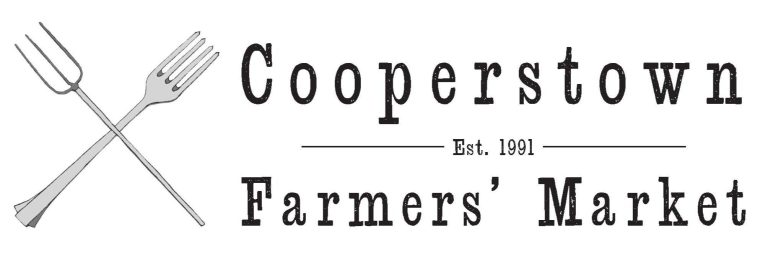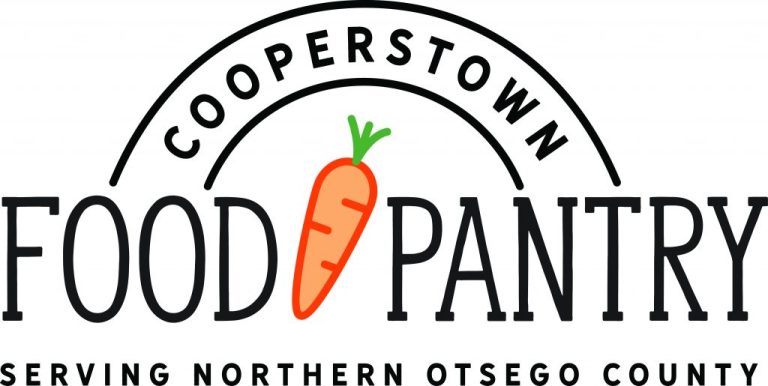EDITORIAL
Let’s Understand History,
Not Censor It
Are we seeing a trend here?
In June, one of Cooperstown Trustee MacGuire Benton’s constituents was walking his or her dog and noticed the word “Indian” on the historical marker at Council Rock.
Expressing his or her concern with the trustee, he raised the alarum at the June Village Board meeting, and a resolution was offered to remove the offending word from all public plaques in “America’s Most Perfect Village.”
It turned out, on minimal research, that many Native Americans like to be referred to as “Indians.”
(Maybe it’s a sly dig at the hapless Columbus, who mistakenly thought he’d arrived at the Asian subcontinent instead of tiny Santo Domingo.)
The village trustees, at their next meeting, pulled a Roseanne Roseannadanna: “Oh, never mind,” they said.
•
Fast-forward to the Oct. 13 Oneonta Common Council meeting.
Council member Luke Murphy reports he was approached by a constituent who had been walking
his or her dog, and reported with alarm that the 1912 marker in Neahwa Park commemorating the
Sullivan-Clinton Expedition includes the word “savagery.”
Murphy, who has a degree from the Cooperstown Graduate Program in Museum Studies, was quoted as saying, sensibly, “My initial instinct was to remove the plaque, but that was a gut reaction. What I would like to do is to reach out to people on both sides … to see how do we address this, rather than just take it down.”
He approached the city’s Commission on Community Relations & Human Rights at its next meeting, and they told him, go for it. He is now sounding out Native Americans in the region to see what they think.
One local expert on that period – and there are several excellent ones in the county – said the councilman might want to reconsider his remarks: “Murphy said the opening clause assigns ‘savagery’ to the entire native population, declares there was no western civilization before Europeans arrived in America and falsely states there are no Haudenosaunee living in the region today.”
The words of the plaque don’t quite go that far. Go read it for yourself; it’s near the lower Main Street entrance to Neahwa Park.
•
You might argue the term, “savagery,” is descriptive, not pejorative, per se.
There was a lot of savagery around here in the 1700s – on the part of Colonists and Native Americans, too. Since New York State history is no longer taught in public schools, that’s probably too little understood. (Since only 1-2 percent of our national population has been fighting the wars-without-end in Iraq and Afghanistan, we probably lack a full appreciation of the savagery still being committed in our name today.)
Buzz Hesse, who explores “savagery” explicitly in a letter to the editor this week – proceed with caution; it’s not for the faint of heart – is another expert in the Revolutionary War period around here. (In 1968, as an archaeologist with the state Archaeologist’s
Office, he discovered an original Indian village in Unadilla, and documented it before it was destroyed.)
The Cherry Valley Massacre, on Nov. 11, 1778, was among the most notorious episodes of “savagery” in American, not just local, history.
On the other hand, by the time the Sullivan-Clinton Expedition was over, only a remnant of the mighty Iroquois remained, which took refuge under the walls of Fort Niagara, Upstate headquarters of their British allies.
There’s plenty of room for scholarly disputation about whys and wherefores.
Murphy himself has said the 1912 marker, donated to the fledgling City of Oneonta by the Daughters of the American Revolution, reflects a period of xenophobia, something worth exploring as we seek to understand our past – to better guide how we live in a diverse nation today and in the future.
•
Scholarly disputation, discussion and, perhaps, a new consensus:
That’s the way forward. As a trained historian, Murphy would be an ideal convener, (and this newspaper would be a willing sponsor).
These days, village boards and city councils tend to forget their origins. They were founded as “special assessment districts,” charged with paving streets, and providing public water, sewerage systems and other services that individual Cooperstonians and Oneontans couldn’t afford to do alone.
Deciding to censor plaques (and, later perhaps, monuments) is beyond their job descriptions. The 1912 DAR plaque provides an insight into a point in time, as in the future the “First American” mural on the Chestnut Street side of Oneonta’s Clinton Plaza will provide into the 20-aughts.
At most, Common Council – and the Cooperstown trustees and any local government – should declare a five-year moratorium on any action when these issues are brought before them. Public argumentation is hot right now. Let’s have a cooling-off period on these types of divisive action.
Who knows? In five years, or 10, there may be a new consensus, a willingness to look unstintingly at our common, all-encompassing history, and come to a new synthesis that allows Americans to again be proud of our national story and our national achievement, but in a spirit of acceptance of each other: our failings, yes, but our virtues, too.





